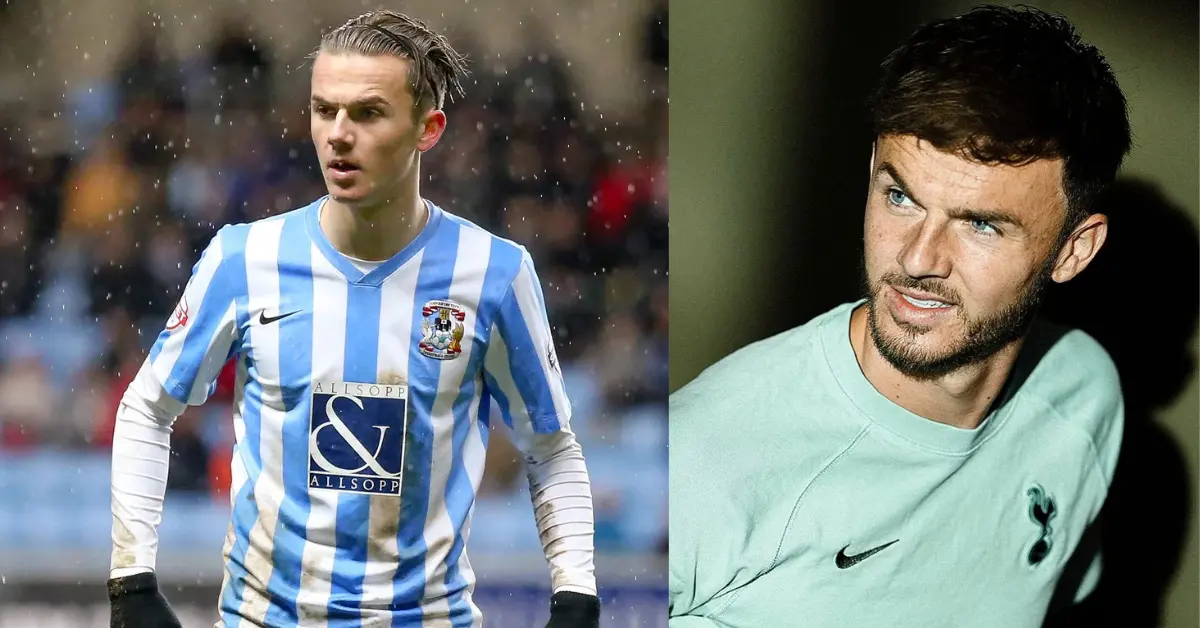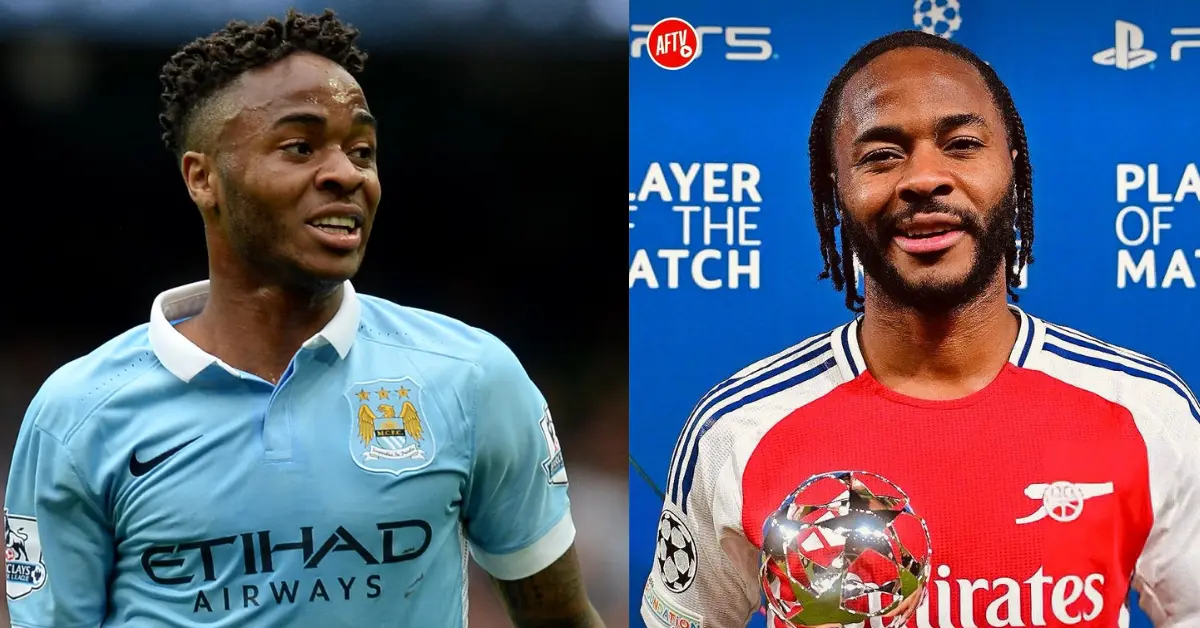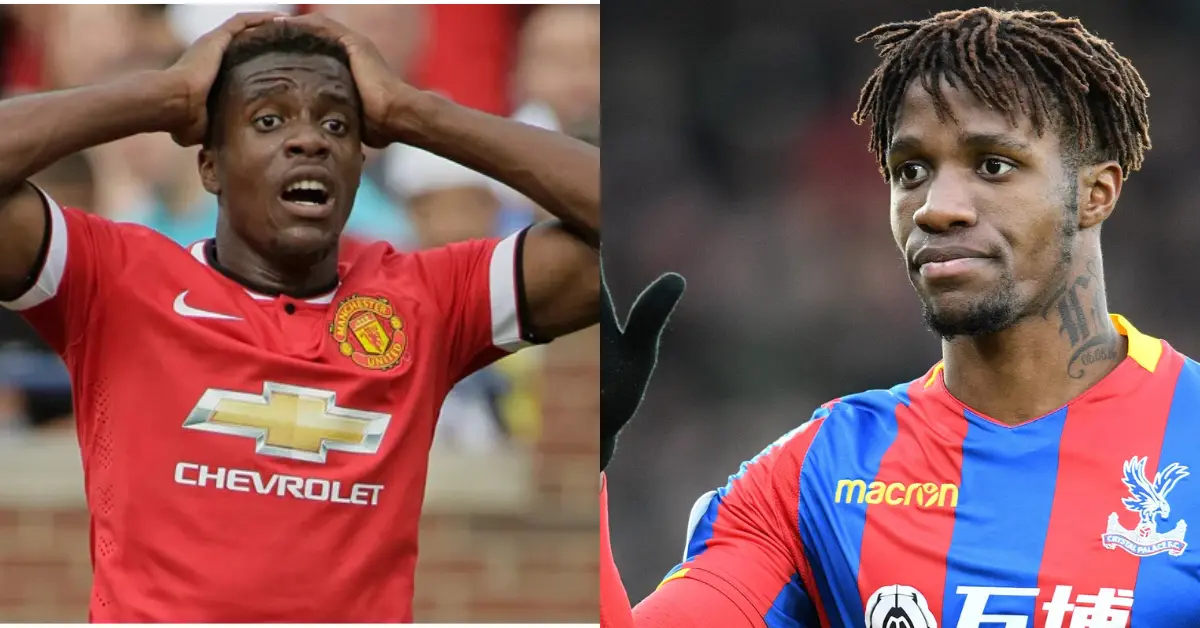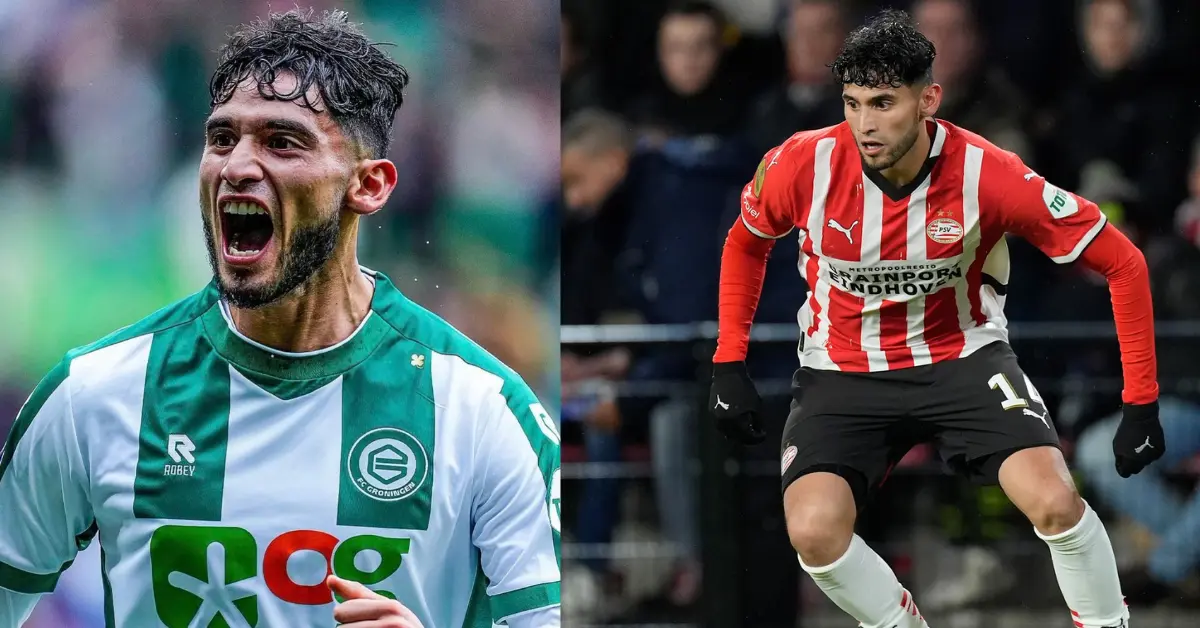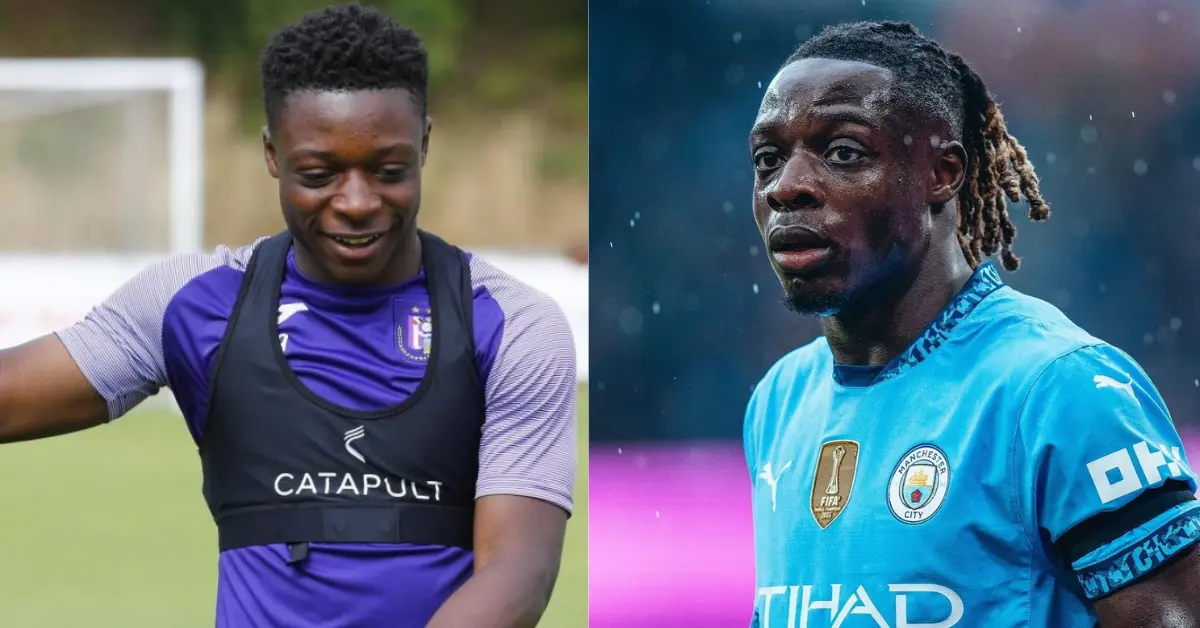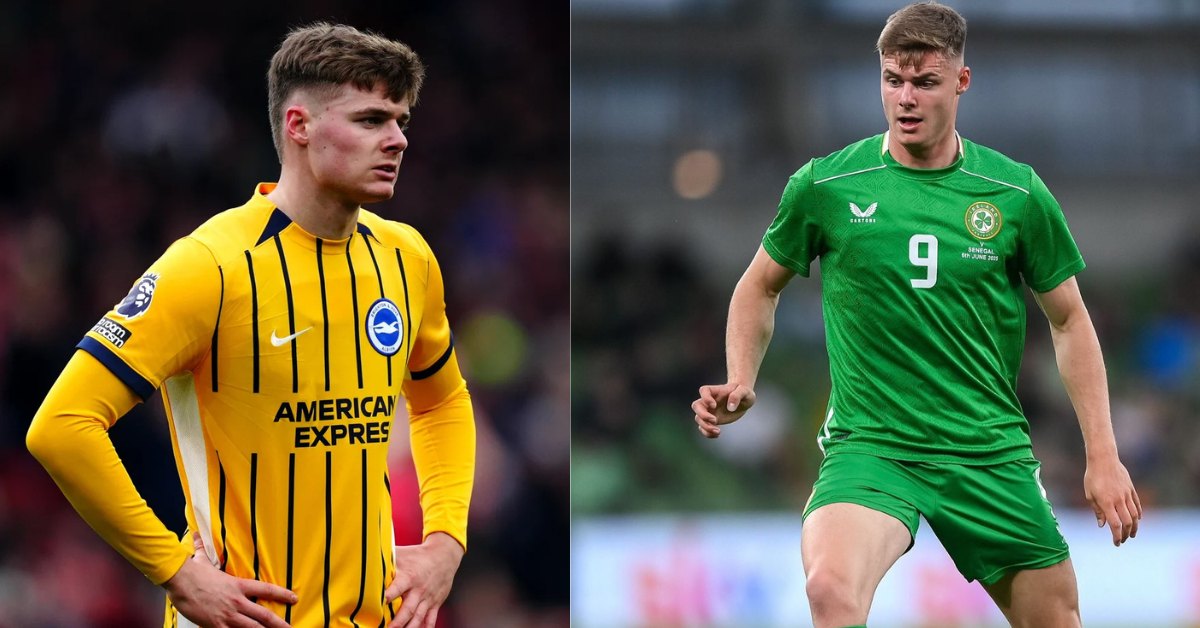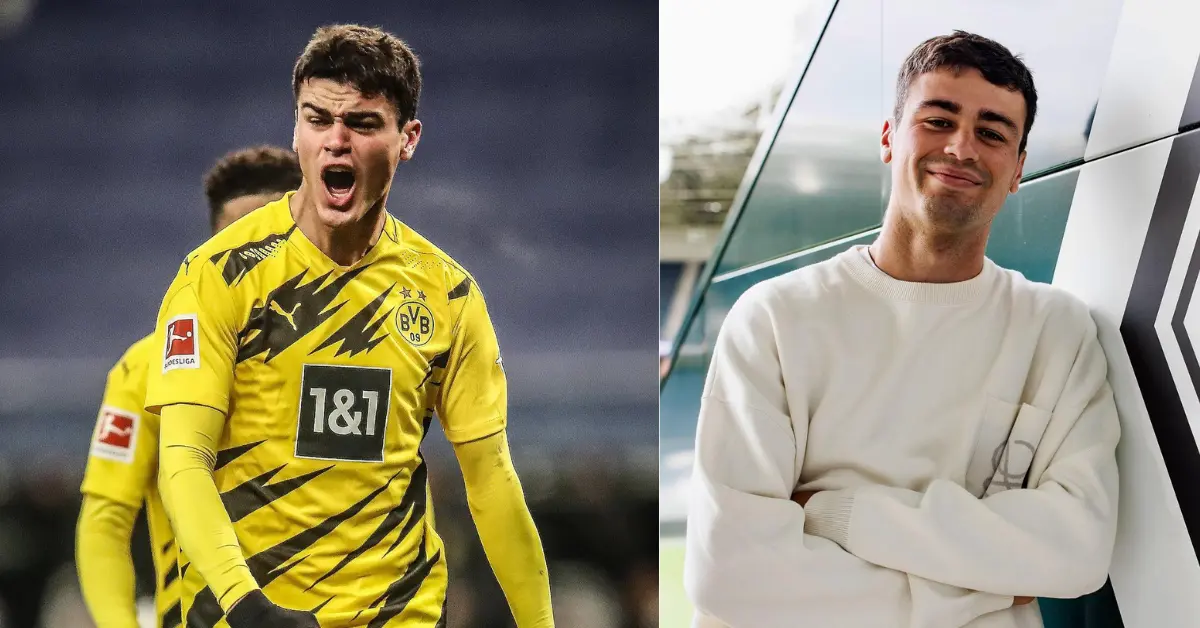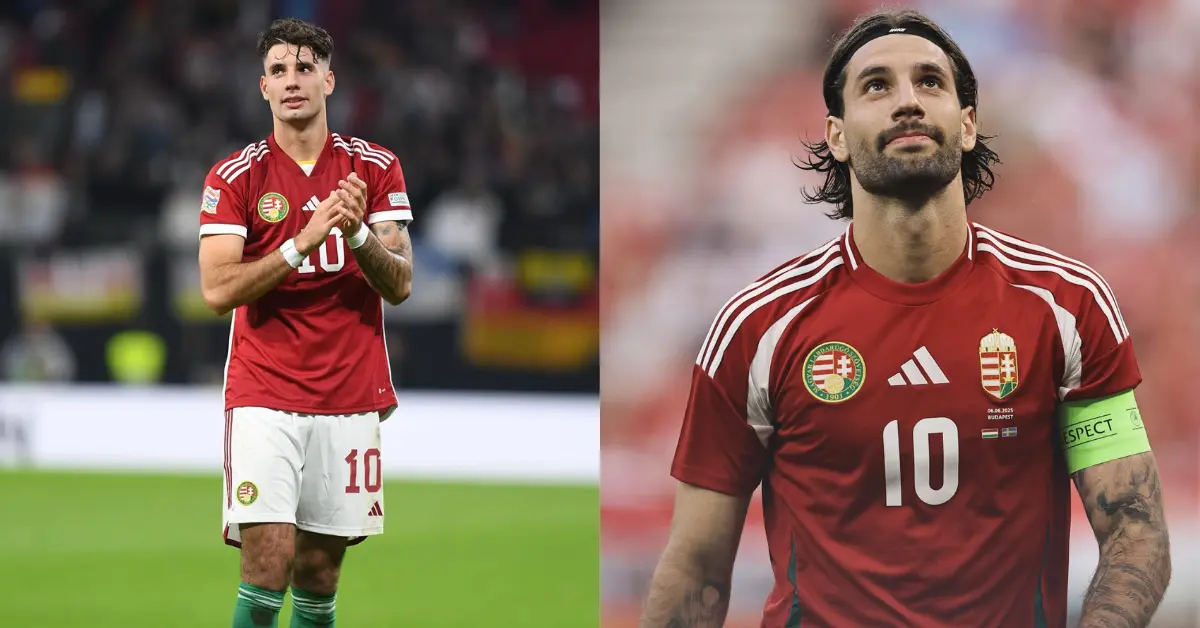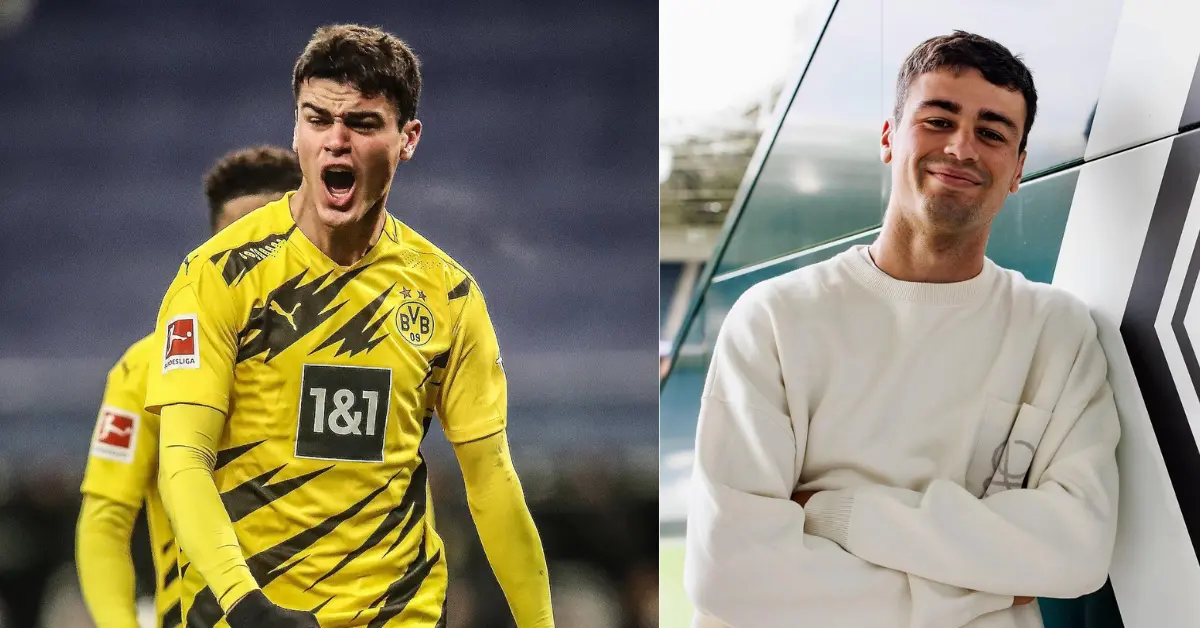Luka Modrić Then and Now
Few footballers in history have overcome such profound adversity to reach the pinnacle of their sport as Luka Modrić. A maestro of the midfield, a symbol of grace under pressure, and a relentless competitor, Modrić has defied the odds—both physical and circumstantial—to become one of the greatest midfielders of all time.
From surviving the Croatian War of Independence as a child to lifting the UEFA Champions League trophy at 38, his journey is not just a football story—it’s a testament to resilience, humility, and enduring excellence.
Then: A Childhood Forged in War and Survival (1985–2005)
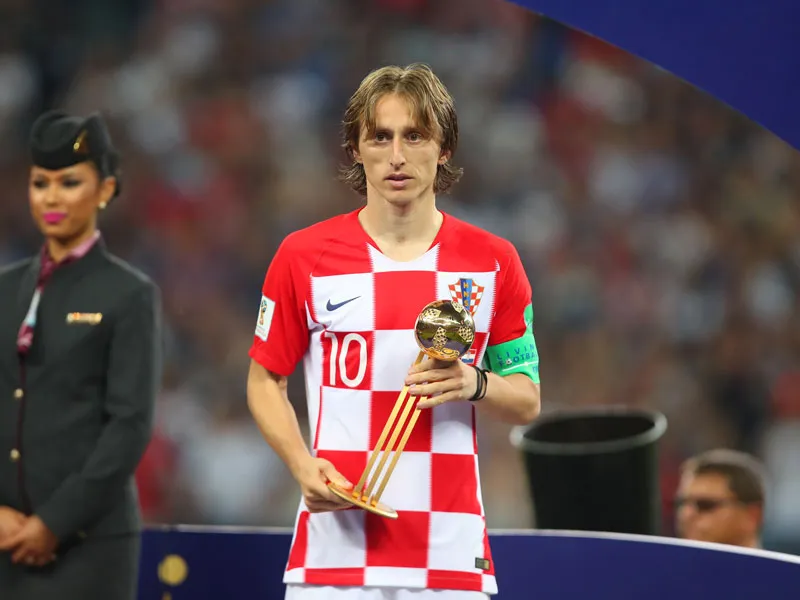
1. Early Life Amid Conflict
Born on September 9, 1985, in Zadar, Croatia (then part of Yugoslavia), Luka Modrić’s childhood was marked by tragedy and displacement. When the Croatian War of Independence erupted in 1991, his family’s village of Modriča was attacked. His grandfather was executed by Serbian paramilitary forces, and the rest of the family fled to Zadar as refugees.
They lived in a hotel basement for years, surviving on minimal resources. Football became young Luka’s escape—a way to cope, dream, and find joy amid chaos.
2. The Birth of a Footballer
Luka Modrić began playing for NK Zadar’s youth academy, where his vision, agility, and composure stood out despite his small frame. Scouts doubted his physicality, but his intelligence and technique were undeniable.
By 2003, at just 18, he made his senior debut for Zadar. His performances earned a move to Dinamo Zagreb in 2005, where he won two league titles and was named Croatian Footballer of the Year in 2007.
Related: Harry Kane Then and Now
The Rise: Proving Himself on the World Stage (2008–2012)
1. Tottenham Hotspur – The English Crucible
In 2008, Modrić signed with Tottenham Hotspur for £16 million—a record fee for the club at the time. Initially criticized for being “too slow” and “too small,” he gradually won over fans with his elegant passing, tireless work rate, and leadership.
By 2010–2011, he was Spurs’ captain and one of the Premier League’s most admired midfielders. He earned praise from legends like Pelé, who called him “the best midfielder in the world.”
Despite Tottenham’s lack of silverware during his tenure, Modrić’s performances attracted attention from Europe’s elite.
2. International Breakthrough with Croatia
Luka Modrić made his senior debut for Croatia in 2006 and quickly became the team’s midfield general. Though Croatia failed to progress beyond the group stages in Euro 2008, World Cup 2010, and Euro 2012, Modrić’s talent was evident—he was the calm in the storm.
His quiet leadership and technical brilliance laid the foundation for Croatia’s future rise.
Related: Lionel Messi Then and Now
Now: The Real Madrid Legend and Global Icon (2012–2025)
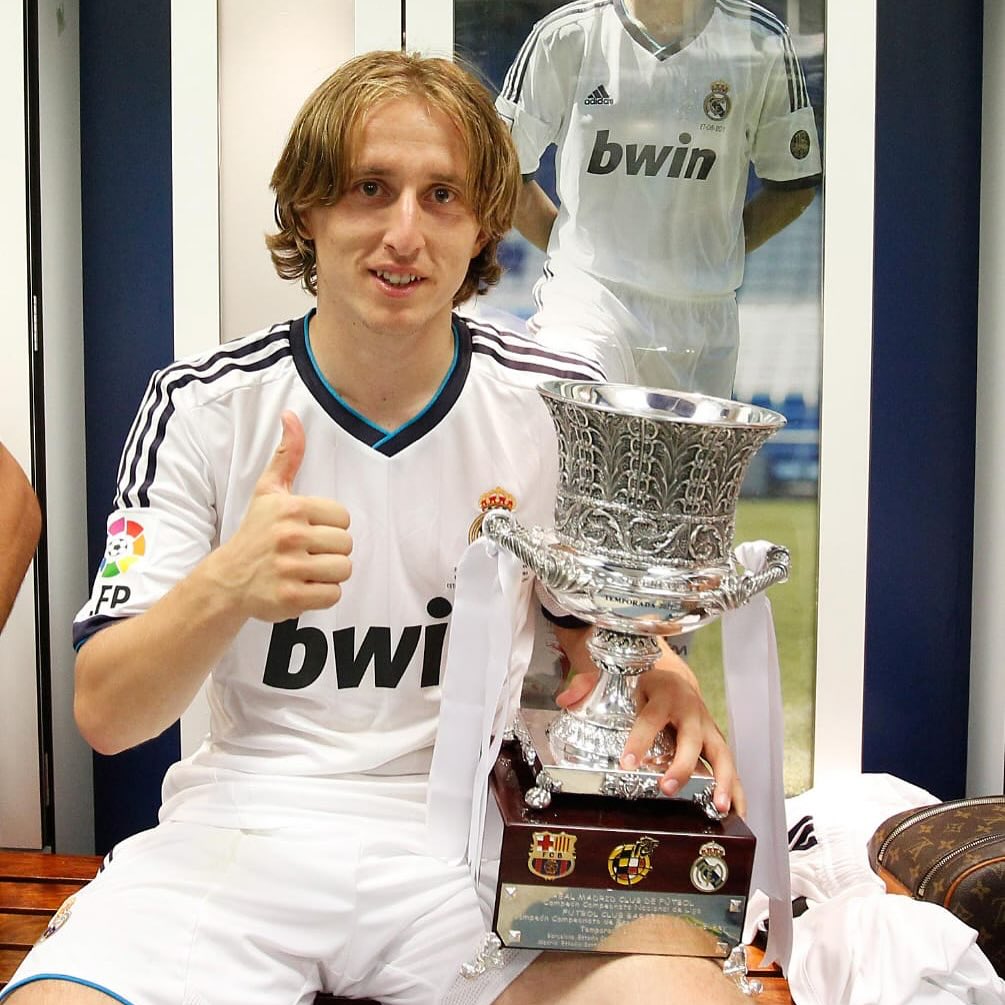
1. Move to Real Madrid – A New Chapter Begins
In August 2012, Modrić completed a €35 million transfer to Real Madrid, joining a team stacked with Galácticos. Many questioned the move—was he too small? Too slow? Too “un-Madrid”?
But Luka Modrić answered with consistency, class, and courage.
2. Architect of a Historic Dynasty
Over the next decade, Modrić became the engine of Real Madrid’s most successful era:
- 6 UEFA Champions League titles (2014, 2016, 2017, 2018, 2022, 2024) – more than any player in history
- 4 La Liga titles (2017, 2020, 2022, 2024)
- FIFA Club World Cup (4 titles)
- UEFA Super Cup (5 titles)
- Spanish Super Cup (3 titles)
His role evolved from deep-lying playmaker to box-to-box maestro, combining defensive discipline with magical through balls and late runs into the box.
3. Ballon d’Or Glory – Defying the Odds
In 2018, Modrić achieved the impossible: he broke the decade-long duopoly of Lionel Messi and Cristiano Ronaldo by winning the Ballon d’Or—the first midfielder to do so since Kaká in 2007.
That year, he led Croatia to their first-ever FIFA World Cup final, earning the Golden Ball as the tournament’s best player. Real Madrid also won their third consecutive Champions League, with Modrić at the heart of every triumph.
His victory was celebrated not just as a personal achievement, but as a victory for intelligence, humility, and longevity in an age of physical dominance.
4. Ageless Excellence – Still Dominating at 38
As of 2024, at 38 years old, Modrić remains a vital starter for Real Madrid under manager Carlo Ancelotti. In the 2023–25 season, he played a crucial role in Real Madrid’s La Liga and Champions League double, delivering key assists and controlling games with his signature calm.
He has made over 500 appearances for Real Madrid, becoming one of the club’s most decorated and beloved players.
Related: Mohamed Salah Then and Now
International Legacy: Carrying Croatia on His Shoulders
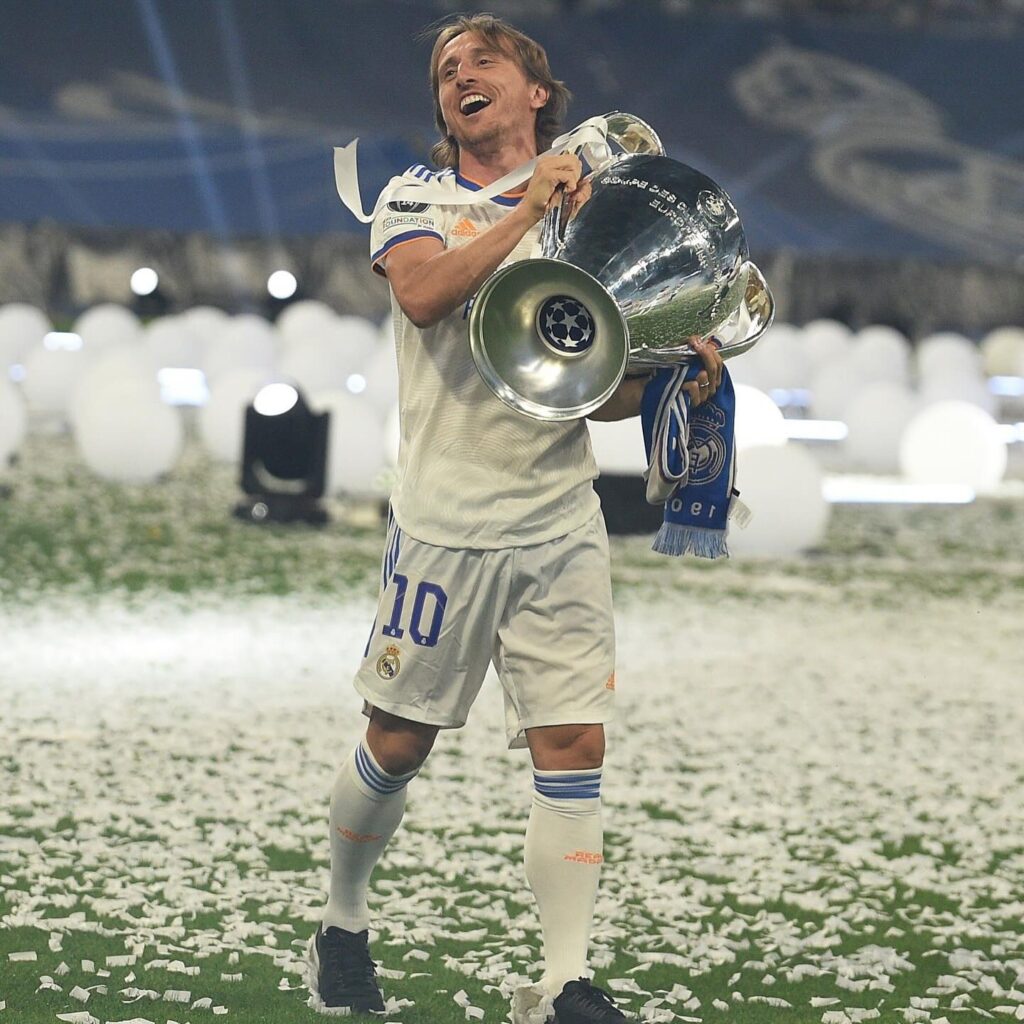
1. World Cup Hero (2018)
Modrić’s leadership reached its peak at the 2018 FIFA World Cup in Russia. Croatia, a nation of just 4 million, defied expectations by reaching the final—their best performance in history.
Modrić:
- Played every minute of all 7 matches
- Scored 2 goals, provided 1 assist
- Controlled games against Argentina, Russia, and England
- Won the Golden Ball award
His performance was described as “a masterclass in midfield mastery.”
2. Captain for a Generation
With over 170 caps (and counting), Modrić is Croatia’s most-capped player and long-time captain. He has represented his country in:
- 4 FIFA World Cups (2006, 2010, 2014, 2018, 2022)
- 4 UEFA European Championships (2008, 2012, 2016, 2020, 2024)
Even as younger stars like Luka Sučić and Martin Baturina emerge, Modrić remains the spiritual leader of the national team.
Related: Cristiano Ronaldo Then and Now
Playing Style: The Art of the Invisible Genius
Modrić’s game is defined by:
- Short, precise passing – rarely flashy, always effective
- Vision and tempo control – he dictates the rhythm of the match
- Low center of gravity – allows him to glide past defenders
- Work rate – covers immense ground, contributing defensively
- Composure under pressure – never flustered, even in high-stakes games
Unlike many modern midfielders who rely on physicality, Modrić wins games with intelligence, timing, and technique.
Pep Guardiola once said:
“Modrić doesn’t run with the ball. He runs with the game.”
Personal Life and Character
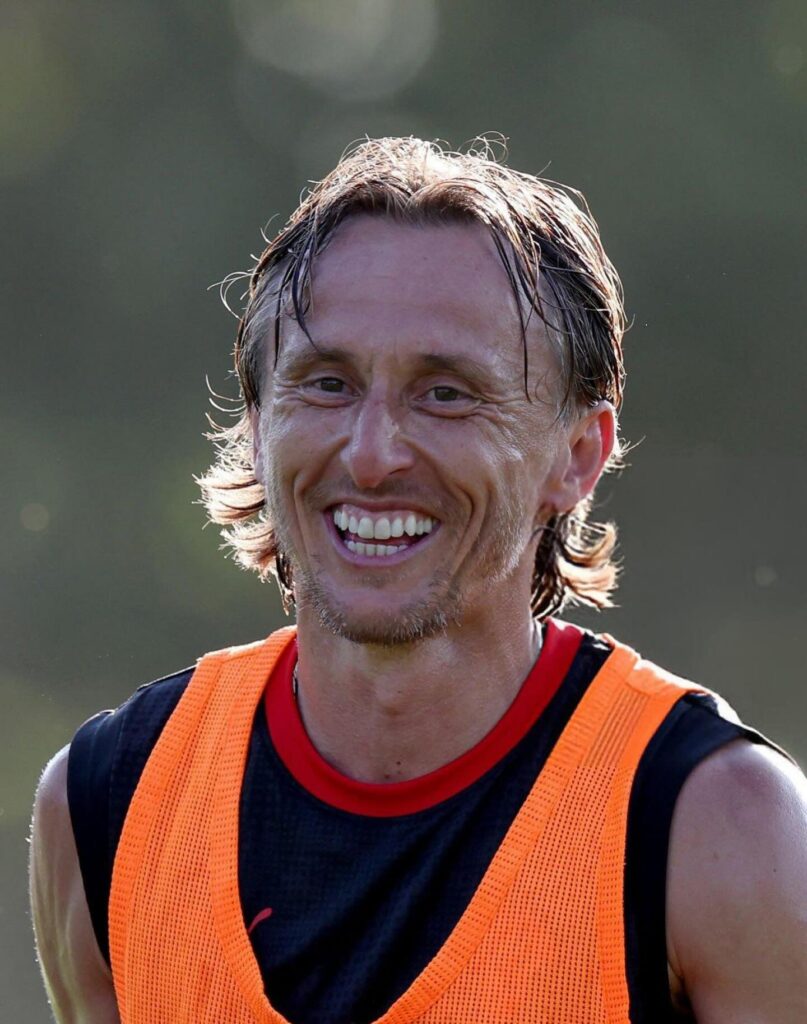
Known for his humility, professionalism, and family values, Modrić is widely respected off the pitch. He is married to Vanja Vukić, a Croatian model, and they have three children. The family lives modestly in Madrid, and Modrić is known for his early arrivals, late departures, and quiet demeanor.
He avoids controversy, rarely engages in showmanship, and always credits his teammates. When asked about his success, he says:
“I’ve never been the most talented. I just worked harder.”
He also supports various charities, including children’s hospitals and war victims in Croatia.
Related: Kevin De Bruyne Then and Now
Cultural Impact and Legacy
Luka Modrić is more than a footballer—he’s a national hero, a role model, and a symbol of perseverance. In Croatia, he is revered not just for his trophies, but for carrying the hopes of a small nation on the world stage.
Globally, he represents:
- The triumph of technique over power
- Longevity through discipline
- Leadership without ego
He’s inspired a generation of young midfielders to play smart, work hard, and stay humble.
Conclusion: Luka Modrić – Then and Now
- Then: A child refugee, playing football barefoot in a war-torn hotel basement, dreaming of a better life.
- Now: A Ballon d’Or winner, 6-time Champions League champion, Croatian legend, and one of the greatest midfielders in football history.
Luka Modrić’s story is not about natural dominance. It’s about overcoming doubt, defying limits, and rising with grace. He wasn’t the strongest, the fastest, or the most celebrated at the start—but through relentless effort, mental strength, and love for the game, he became immortal.
As he continues to play at the highest level, one truth stands clear:
Luka Modrić isn’t just still playing.
He’s still defining greatness.
🤍 “I play for my country, my family, and every kid who was told they’re too small to dream big.” – Luka Modrić
Related: Vinícius Júnior Then and Now

